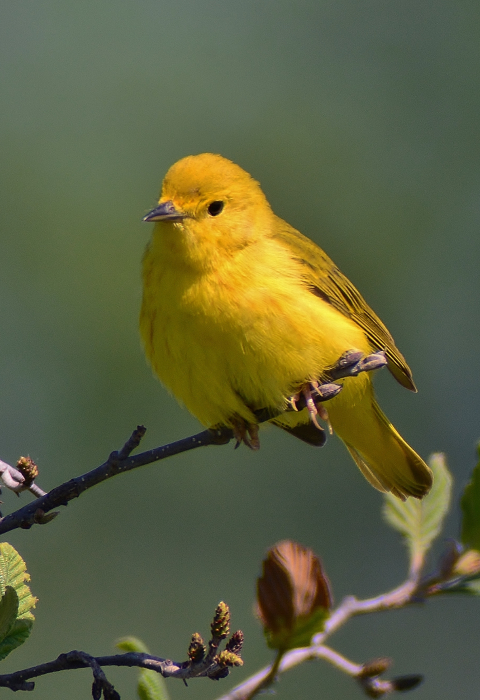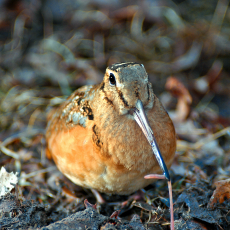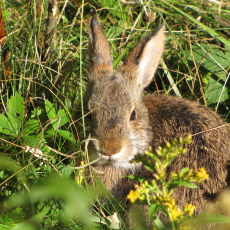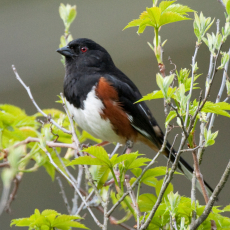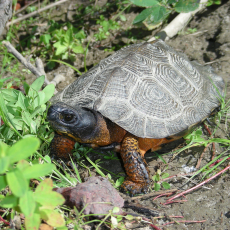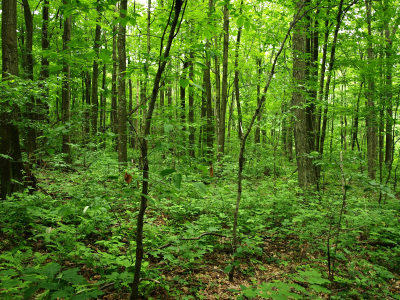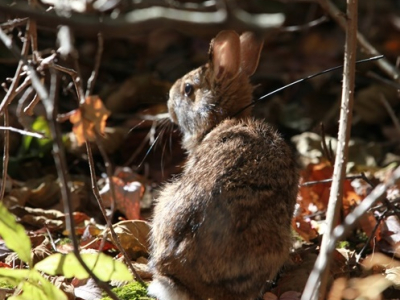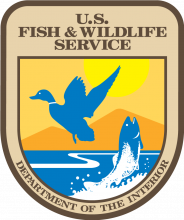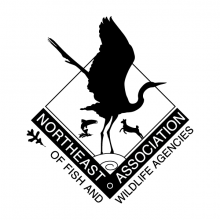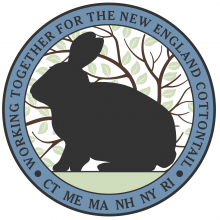Why we need young forest
Young forest and shrubland are in short supply. As Eastern forests age, we need to make some younger habitat in key places to provide essential food and cover for certain species of wildlife whose numbers are dwindling.
How to create young forest
Landowners and conservationists are making this special habitat using techniques that mimic natural disturbances, giving rise to small trees, shrubs, wildflowers, and grasses. Wildlife depends on such diversity to thrive.
Wildlife Needs Young Trees and Native Shrubs
Latest News
Find a Habitat Project Near You
Federal and state agencies, conservation and wildlife organizations, land trusts, towns and municipalities, and private landowners (both large and small) are creating important young forest and shrubland to help northeastern wildlife. Many areas are open to visitors who want to get a "feel" for this special habitat.

